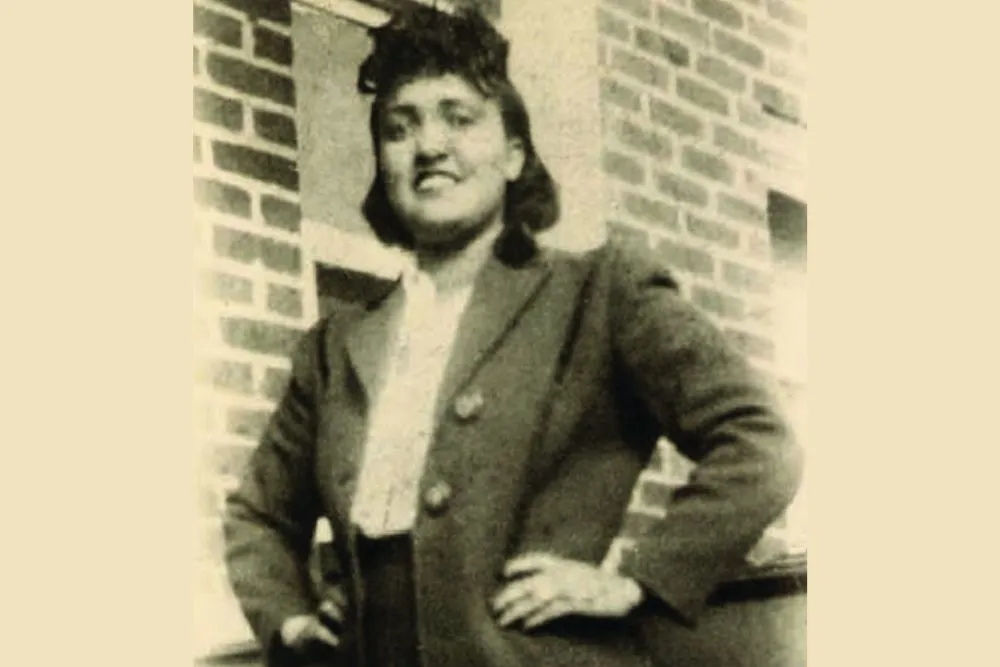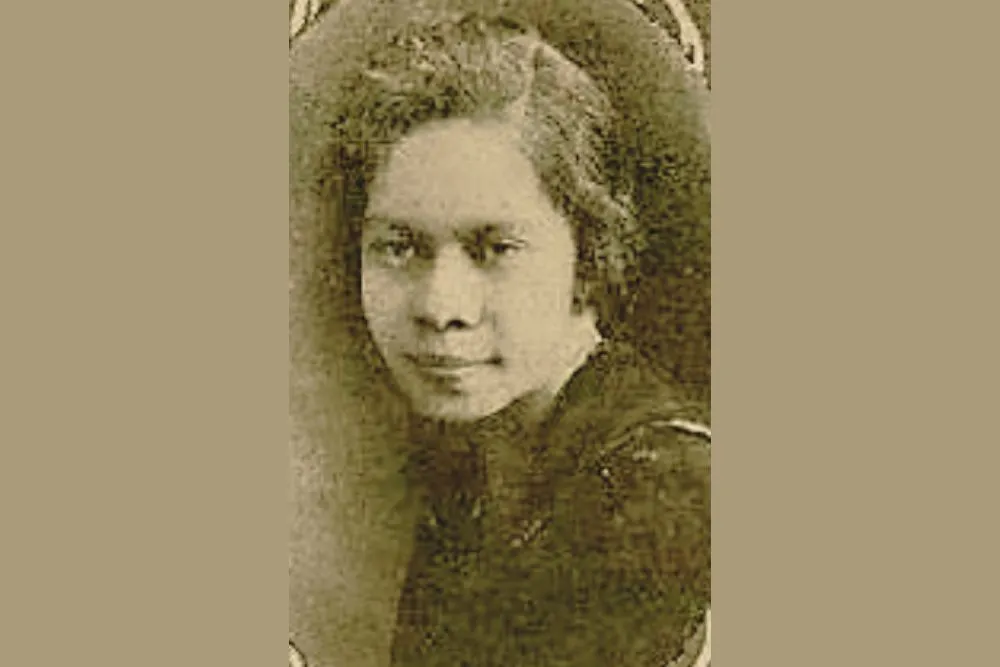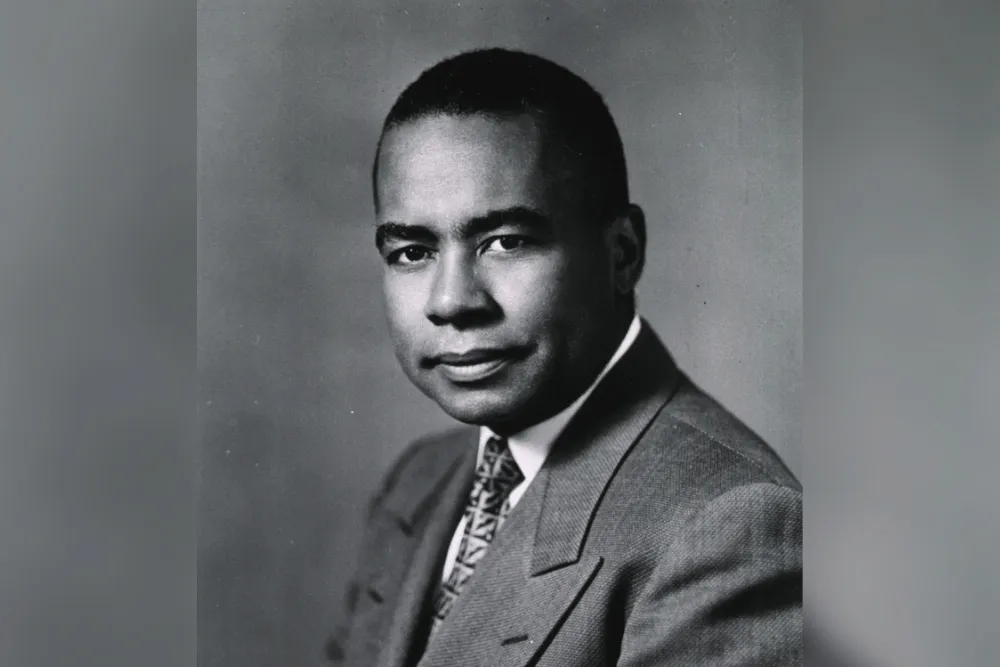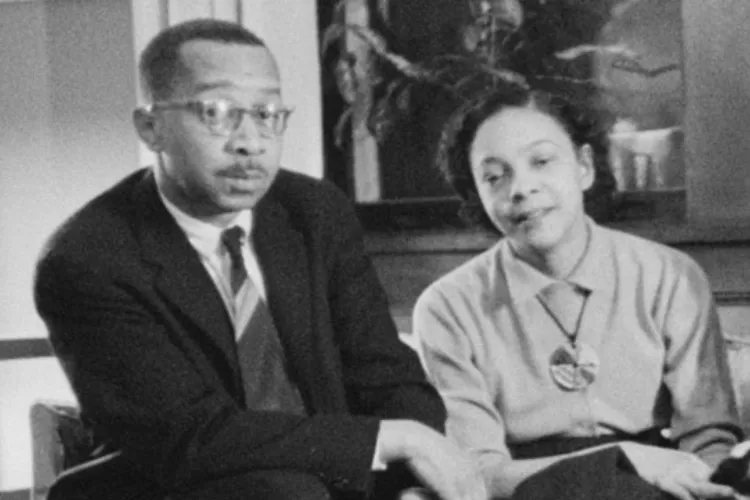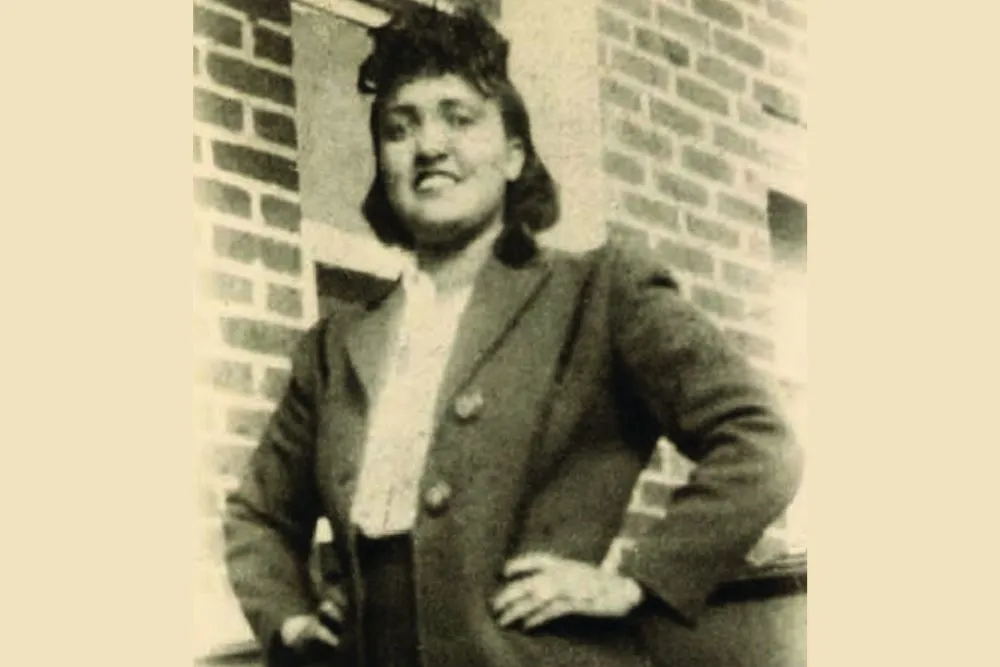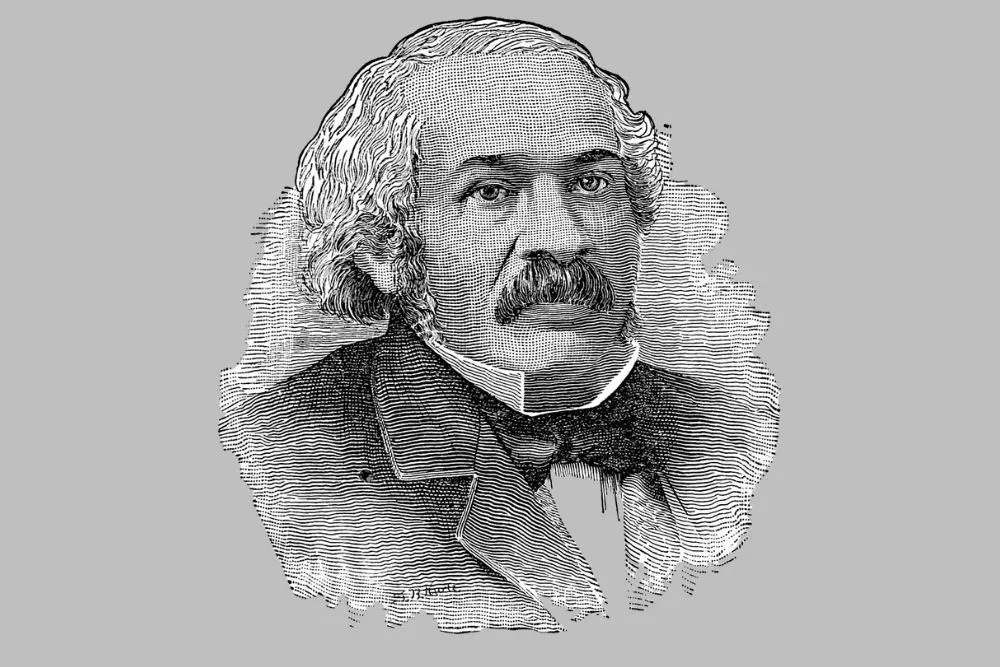The Story Behind HeLa Cells
Born in 1920 in Roanoke, Virginia, Henrietta Lacks' medical journey began in 1951 when she sought medical attention at the Johns Hopkins Hospital in Baltimore, Maryland. Lacks had been experiencing unusual symptoms, including pain in her abdomen. After a diagnosis of cervical cancer, a physician took tissue samples from her tumor without her consent during a gynecological examination. At the time, patients were not routinely informed about using their cells for research, and Henrietta, who was never told, unknowingly became part of a groundbreaking scientific revolution.
Unlike regular human cells, the cells taken from her tumor were unique because they did not die after being cultured in the laboratory. This made the cells incredibly valuable for scientists, who were able to easily multiply and share cells for research for the first time.
This first immortal cell line was aptly named HeLa.
Over the years, these cells became essential for medical research and experimentation, driving numerous discoveries and innovations.
Advancements in medical research and treatment
HeLa cells have been instrumental in advancing medical science. Since their development, they have been used in research to understand cancer, genetics, viruses, and human biology.
Polio vaccine
One of the earliest and most well-known contributions of HeLa cells was its use in developing the polio vaccine. In the 1950s, scientists used these cells to grow the polio virus in a lab, which allowed researchers to experiment, test, and eventually create a safe and effective vaccine.
Cancer studies
HeLa cells have also contributed to the study of cancer. Their rapid growth rate and ability to divide continuously allowed scientists to observe the behavior of cancer cells in ways that were not previously possible. This has paved the way for the development of cancer treatments, including chemotherapy and radiation therapies.
Other treatments and research
HeLa cells were also pivotal in the development of drugs to treat HIV, Parkinson’s disease, and other conditions. They have even helped us understand the effects of space travel on human cells. Without HeLa cells, the speed at which these medical advancements were achieved would have been significantly slowed.
Ethical concerns and lack of informed consent
Despite the significant contributions Henrietta Lacks’ cells made to science, her story is a tragic example of the exploitation of African Americans in medical research. Henrietta was never informed that her cells would be used for research, nor did she or her family give consent for them to be taken. At the time, medical ethics were not as rigorously enforced as they are today, and the concept of informed consent was not widely practiced.
The HeLa cell line became widely distributed without the knowledge or consent of Henrietta’s family. More than two decades after she died in 1951, the Lacks family did not learn about the extensive use of her cells in research until the 1970s.
The fact that Lacks was not informed about her cells being used raised serious ethical questions, especially since there is a long history of racial discrimination in healthcare.
African American patients were often neglected or exploited by medical professionals, and this case brought attention to the disparities in healthcare and research.
{{link-bank-two-column}}
The Legacy of Henrietta Lacks
In 1976, Rebecca Skloot began researching Lacks' story, which led to the publication of her bestselling book, The Immortal Life of Henrietta Lacks, in 2010. This book brought attention to Henrietta's contributions and the ethical issues surrounding the use of her cells and raised awareness about the exploitation of African Americans in medical research.
After learning of Henrietta Lacks’ story, research centers now maintain strict processes to obtain informed consent from patients before using their cells for research. Johns Hopkins outlines how its current practices vastly differ from those of the 1950s when Lacks first sought treatment there.
Her story has also highlighted the importance of patient rights and the need for equitable treatment of individuals, particularly minority groups, in healthcare.
In 2013, the U.S. Department of Health and Human Services acknowledged the unethical way her cells were obtained and issued an apology to the Lacks family. Though no legal action was taken, the apology was a step toward righting the wrongs committed against Henrietta Lacks and her family.
A heroine of healthcare and medicine
Though Henrietta Lacks’ cells have been instrumental in several medical breakthroughs, this isn’t just a story of scientific achievement. Her story is also about social justice and highlights that standards in medical research and healthcare need to be ethical and equal across individuals, regardless of race or background.
While Henrietta may never have known how much her cells would impact medicine, her name and legacy will forever be tied to the advancements that have saved countless lives. Her story reminds us that science and medicine are not just about discoveries but also about the people behind them.


